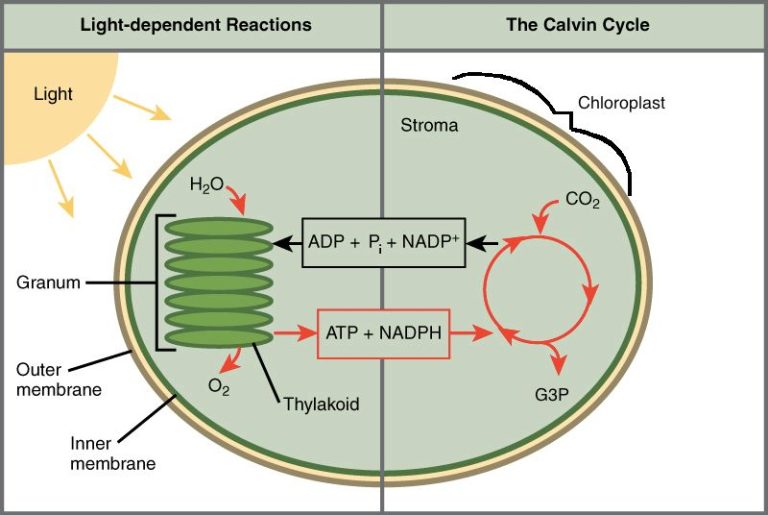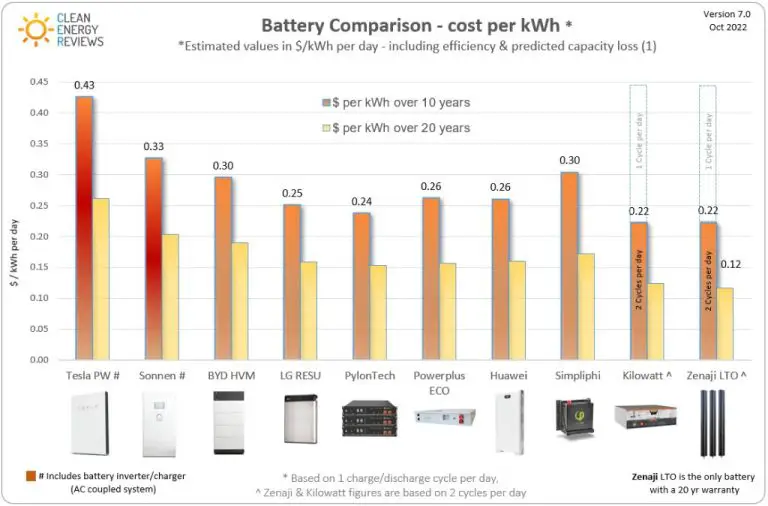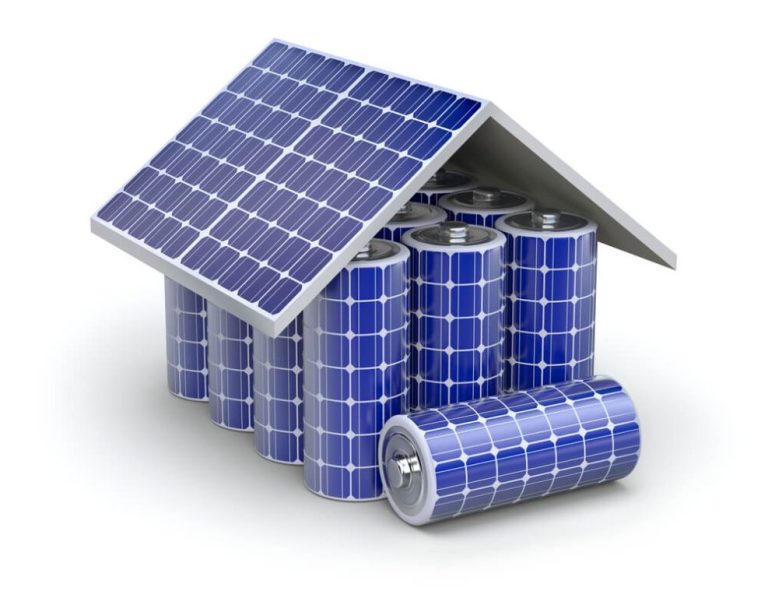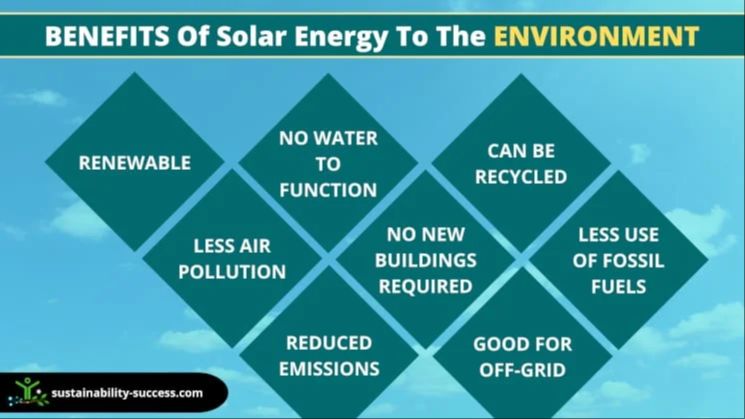What Is Sunlight A Form Of Energy Called Quizlet?
Sunlight is a form of radiant energy, also known as electromagnetic radiation. All light, including visible light that we can see, infrared light, ultraviolet light, radio waves, and microwaves are types of electromagnetic radiation. Electromagnetic radiation is produced when electric and magnetic fields interact to produce oscillating waves that can travel through space.
The visible light that makes up sunlight allows us to see the world around us. But sunlight contains other types of electromagnetic radiation that we cannot see, including ultraviolet and infrared radiation. So sunlight is just one part of the broad spectrum of electromagnetic radiation emitted by the sun. When we refer to sunlight as a form of radiant energy, we are describing the properties of visible light that allow the sun to warm the Earth and make life on our planet possible.
What is Radiant Energy?
Radiant energy is a form of electromagnetic energy that travels through space in the form of waves. It includes visible light, ultraviolet light, infrared light, radio waves, X-rays and gamma rays. Of the different types of radiant energy, visible light is the one we are most familiar with on a daily basis.
Radiant energy is created when atoms or molecules emit electromagnetic waves. These waves carry energy away from the source in the form of photons. The photons interact with the electrons in atoms, imparting energy to them. This results in the atoms and molecules absorbing the radiant energy.
Unlike conductive or convective energy transfer, radiant energy can travel through empty space. Radiant energy does not require a medium like air or water to transfer the energy. This allows sunlight to travel from the sun to the Earth through the vacuum of space.
Electromagnetic Spectrum
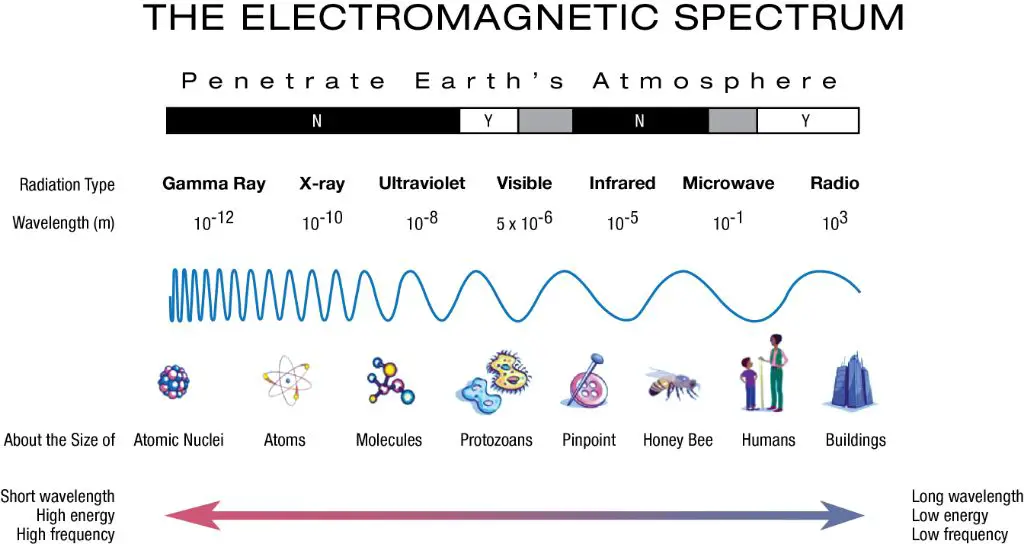
The electromagnetic spectrum is the range of all possible frequencies of electromagnetic radiation. Electromagnetic radiation is a form of energy that includes radio waves, microwaves, infrared radiation, visible light, ultraviolet radiation, x-rays, and gamma rays.
These different forms of electromagnetic radiation are categorized according to their wavelength and frequency. Wavelength is the distance between consecutive wave peaks, while frequency refers to the number of wave cycles that pass a fixed point per second.
Electromagnetic waves with a higher frequency have shorter wavelengths, while those with lower frequencies have longer wavelengths. Radio waves have wavelengths that can be longer than a football field, while x-rays have wavelengths smaller than the width of an atom.
Visible light sits right in the middle of the electromagnetic spectrum. It occupies a narrow range of wavelengths approximately between 400-700 nanometers. When white light passes through a prism, it separates into the visible light spectrum from longest to shortest wavelength: red, orange, yellow, green, blue, indigo, violet.
Our eyes detect these visible light wavelengths and our brains interpret them as different colors. Visible light allows us to see the world around us. Other forms of electromagnetic radiation like radio waves, x-rays, and gamma rays are invisible to the human eye.
Properties of Visible Light
Visible light is the portion of the electromagnetic spectrum that is visible to the human eye. It occupies a very small portion of the spectrum, from approximately 380 to 750 nanometers. Within this range, the different wavelengths of light appear as different colors to our eyes.
The wavelength of visible light determines the color we see. The shortest wavelengths, around 380-450nm, appear as violet and blue hues. As the wavelength increases, the light appears green, yellow, orange, and finally red at the longest visible wavelengths of around 650-750nm. Shorter wavelengths have higher frequencies and carry more energy.
All wavelengths of visible light travel at the same speed – the speed of light – which is about 300,000,000 meters per second in a vacuum. The frequency and wavelength are inversely related. This means as the frequency increases, the wavelength decreases. As the wavelength shortens, the energy increases and leads to a ‘bluer’ color.
Sunlight and Solar Energy
The sun is a powerful source of energy that radiates light and heat throughout our solar system. The sunlight that reaches Earth is an abundant renewable energy resource that can be harnessed in various ways. Most notably, sunlight can be converted into solar power to generate electricity.
Solar energy technologies use sunlight to produce electricity either directly using photovoltaics (PV), or indirectly using concentrated solar power (CSP). PV systems convert sunlight directly into electricity using semiconducting materials like silicon. CSP systems use mirrors to concentrate sunlight to drive traditional steam turbines or engines that create electricity.
Solar energy offers a clean, renewable alternative to burning fossil fuels. The amount of sunlight that reaches Earth’s surface in one hour could meet the world’s energy demands for an entire year. Solar power has grown rapidly as PV panel costs have declined dramatically. With advanced energy storage solutions, solar energy could eventually meet a significant portion of the world’s electricity needs.
Sunlight will continue shining for billions of years, making solar energy a sustainable long-term energy solution. Harnessing the power of the sun provides energy security by relying on a fuel source that cannot be depleted. The transition toward solar power will bring economic and environmental benefits.
Photosynthesis
Photosynthesis is the process plants use to convert sunlight into chemical energy. During photosynthesis, plants absorb sunlight through their leaves. The chlorophyll in plant cells absorbs the sunlight, particularly the red and blue wavelengths. This sunlight energy is used to convert carbon dioxide from the air and water into glucose sugars. Oxygen is released as a byproduct. The glucose sugars produced through photosynthesis provide plants with the energy they need to grow and function. Photosynthesis is vital not just for plants but for all life on Earth. By converting sunlight into usable energy, photosynthesis provides the foundation for almost all food chains and webs. The glucose sugars produced feed plants and the animals that eat plants. The oxygen released makes the atmosphere breathable for oxygen-dependent organisms. In short, without photosynthesis and plants’ ability to convert sunlight into energy, life as we know it could not exist.
Vitamin D and Sunlight
Sunlight plays a critical role in the production of vitamin D in the human body. Vitamin D is essential for regulating calcium absorption and promoting bone growth and maintenance. It also supports muscle, brain, and nervous system function.
When ultraviolet B (UVB) rays from the sun reach your skin, they interact with cholesterol to convert it into vitamin D3, or cholecalciferol. Cholecalciferol travels through the bloodstream to the liver, where it undergoes chemical changes to become 25-hydroxy vitamin D. The kidneys then convert it into the active form of vitamin D called calcitriol.
Since very few foods naturally contain vitamin D, sunlight is our primary source. Spending 5-30 minutes in midday sunlight 2-3 times per week allows most people to produce sufficient vitamin D. Those with darker skin tones may need slightly more sun exposure due to higher melanin levels. Sunscreen usage can also somewhat limit vitamin D production.
Insufficient sun exposure can lead to vitamin D deficiency, resulting in soft bones, bone pain, and muscle weakness. Deficiency is especially common in people living farther from the equator where sunlight is less intense. Supplements can provide vitamin D for those unable to get adequate sun exposure.
Ultraviolet Radiation
The most harmful part of sunlight is the ultraviolet (UV) radiation it contains. Though UV rays make up only a small portion of the solar spectrum, they can still cause major damage to organisms exposed to them.
There are three types of UV rays: UVA, UVB, and UVC. UVC rays are the most dangerous but are blocked by Earth’s ozone layer. However, both UVA and UVB rays reach the planet’s surface.
UVB rays have shorter wavelengths and are responsible for sunburns and direct DNA damage that can lead to skin cancer. UVA rays have longer wavelengths that penetrate deeper into the skin, causing premature aging and wrinkling.
Too much exposure to UV radiation can cause a number of health issues:
- Skin cancer
- Premature skin aging
- Eye problems like cataracts
- Weakened immune system
The amount of UV exposure depends on factors like location, time of day, season, cloud coverage, and ozone levels. The dangers are especially high at midday, during the summer, and at high altitudes.
It’s important to practice proper sun safety to limit UV exposure. Methods include wearing protective clothing, applying sunscreen, wearing UV-blocking sunglasses, seeking shade, and avoiding midday sun.
Other Uses of Sunlight
In addition to energy and photosynthesis, sunlight has many practical uses in our everyday lives. One of the most common uses is for drying wet items like clothes, towels, and linens. On a sunny day, hanging laundry outside to dry is an effective way to get clothes dry without using electricity or gas from an electric or gas dryer.
Sunlight enables activities like having a picnic, gardening, sunbathing, and spending time outdoors. The natural light from the sun allows us to see without needing artificial lighting. Before modern lighting existed, all buildings including homes relied solely on windows and skylights for daytime illumination. Sunlight still reduces the need for interior lights during daylight hours, saving electricity.
Solar thermal energy harnesses heat from sunlight to warm water. Solar water heating systems often mount glass tubes or flat plates near the roof to capture radiant heat from the sun to heat water for domestic, residential or commercial use.
Many devices rely on solar photovoltaic panels to convert sunlight into electricity that powers or charges the device. Some examples are solar-powered garden lights, exterior lighting, road signs, call boxes, watches, phone chargers, and more. These provide lighting, power, or connectivity without the need for wiring or batteries.
Summary
As we have seen, sunlight is a form of radiant energy called electromagnetic radiation. It is part of the electromagnetic spectrum, which includes radio waves, microwaves, infrared radiation, visible light, ultraviolet radiation, x-rays, and gamma rays.
Sunlight, along with the other parts of the visible light spectrum, allows us to see color. It provides light and heat that sustains life on Earth. Plants use sunlight to produce food and release oxygen through photosynthesis. Sunlight is also essential for the human body to produce vitamin D. At the same time, overexposure to certain wavelengths of sunlight can be harmful, causing sunburn, skin cancer, and eye damage. Knowing both the benefits and risks associated with sunlight can help us utilize it in a safe and sustainable way.
In summary, sunlight is an incredibly versatile form of electromagnetic radiation that makes life on Earth possible. Understanding its unique properties and effects helps illustrate why energy from the sun is invaluable.


